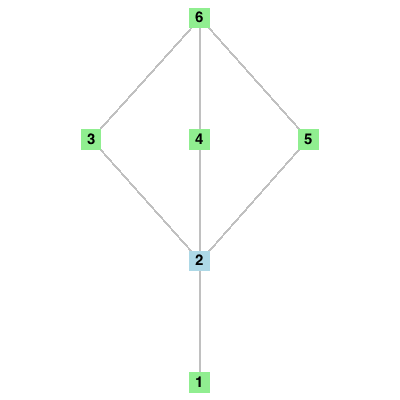The Maple Group Theory package has over 150 commands for constructing groups, examining their properties, performing operations, and visualization. This package includes:
- Large set of group constructors and databases of standard groups so it is easy to get started
- Support for alternating and symmetric groups; cyclic, dicyclic, and dihedral groups; linear, orthogonal, and unitary groups over finite fields; quaternions; the group of the Rubik’s cube; Galois groups; and many more
- Numerous operations, including isomorphism testing; examining subgroup lattices; splitting a group into conjugacy classes; factoring a group element into a coset representative and a subgroup element; computing if a group is simple, nilpotent, or soluble; identifying isomorphisms for groups up to order 200; computing standard subgroups, such as Sylow subgroups, the center, and the derived subgroup; and many more
- Easy visualization of Cayley tables and subgroup lattices
- Symbolic groups, in which some properties of the group are expressed as variable parameters while other characteristics are known















